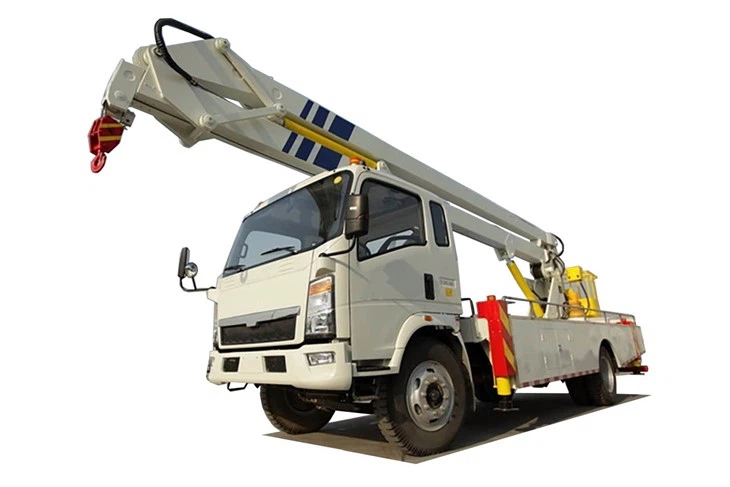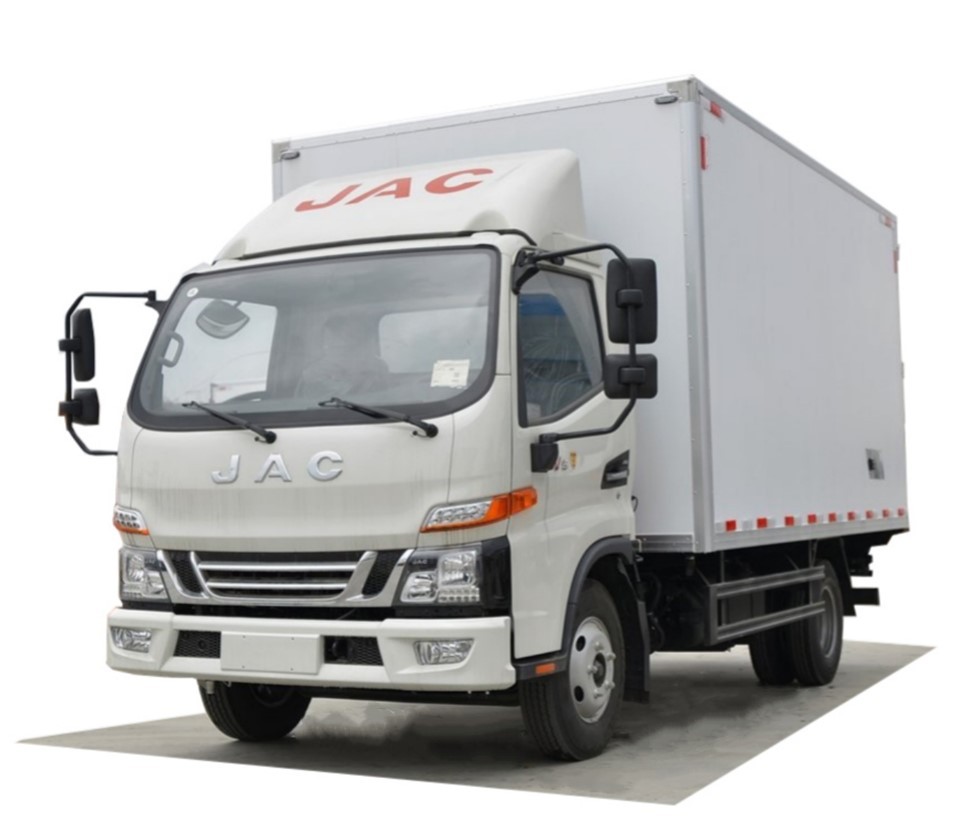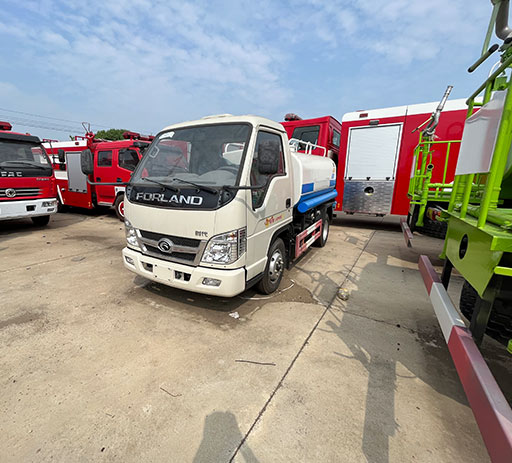Understanding Crane Carrier Chassis: A Comprehensive Guide

Crane carrier chassis are specialized vehicles designed to accommodate various types of cranes, offering the stability and strength needed for heavy lifting operations. In this article, we will explore the intricacies of crane carrier chassis, their components, applications, and much more, ensuring you have a thorough understanding of this essential equipment.
What is a Crane Carrier Chassis?
A crane carrier chassis is a robust vehicle framework designed specifically to support and operate cranes. It serves as the base upon which a variety of cranes can be mounted, such as boom cranes, truck-mounted cranes, and tower cranes. Their design caters to the demands of heavy lifting, ensuring safety, stability, and a high operational efficiency.
Key Components of Crane Carrier Chassis
1. Frame Structure
The frame structure is the backbone of a crane carrier chassis. Typically made from high-strength steel, the frame must withstand significant loads while maintaining a low weight for increased fuel efficiency. The design is often modular, allowing for easy customization based on specific crane requirements.
2. Axles and Suspension Systems
Crane carrier chassis are equipped with heavy-duty axles and advanced suspension systems. These components play a crucial role in absorbing shocks during operations and maintaining stability under heavy loads.
3. Powertrain
The powertrain includes the engine, transmission, and drivetrain, providing the necessary power to drive the carrier. Modern crane carriers often use fuel-efficient engines that comply with environmental standards while delivering sufficient torque for lifting operations.
4. Braking System
Safety is paramount, and therefore, crane carrier chassis come fitted with advanced braking systems, including air brakes or hydraulic brakes. These systems ensure that the chassis can stop quickly and safely, even when fully loaded.
5. Operator Cabin
The operator cabin is designed for comfort and visibility. It typically includes ergonomic seats, intuitive controls, and ample visibility to ensure the operator can manage the crane safely while navigating tight spaces.
Types of Crane Carrier Chassis
1. Truck-Mounted Crane Carrier
Truck-mounted crane carriers are versatile and very popular for urban construction sites. They combine the functionalities of a truck and a crane, making them convenient for transportation and operating in compact spaces.
2. All-Terrain Crane Carrier
All-terrain crane carriers have robust wheel systems designed to handle various terrains, from pavement to uneven ground. These carriers can perform operations in challenging environments, making them suitable for construction sites, oil fields, and more.
3. Rough Terrain Crane Carrier
Rough terrain crane carriers are specifically designed for off-road applications. They feature larger tires and a wider stance for better traction, allowing them to lift heavy loads in rugged conditions.
4. Crawler Crane Carrier
Crawler crane carriers utilize crawlers instead of wheels, providing excellent stability and the ability to traverse soft ground without sinking. They are ideal for heavy lifting tasks where support on soft ground is essential.
Applications of Crane Carrier Chassis
1. Construction

Crane carrier chassis are extensively used in construction for lifting heavy materials like steel beams, concrete panels, and pre-fabricated structures. Their adaptability allows them to perform various tasks on construction sites efficiently.
2. Oil and Gas Industry
In the oil and gas sector, crane carriers are employed for rigging and moving equipment to and from drilling sites. Their robust design and all-terrain capabilities make them indispensable in this industry.
3. Shipping and Logistics
Crane carriers play a significant role in shipping and logistics, especially in container handling at ports. They are used to load and unload cargo containers from ships efficiently.

4. Telecommunications
For telecommunications projects, crane carrier chassis are utilized to erect and maintain towers and antennas. Their precision in lifting makes them suitable for these sensitive operations.

Benefits of Using Crane Carrier Chassis
1. Increased Efficiency
Crane carrier chassis improve operational efficiency by combining transportation and lifting capabilities into one vehicle, reducing the time and costs associated with moving equipment.
2. Enhanced Safety
With integrated safety features like advanced braking systems and stable platforms, crane carriers minimize the risk of accidents during lifting operations, ensuring a safer work environment.
3. Versatility
The adaptability of crane carrier chassis makes them suitable for various industries, eliminating the need for multiple specialized vehicles.
Maintenance Tips for Crane Carrier Chassis
1. Regular Inspections
Conduct routine inspections to check for wear and tear on critical components such as brakes, suspension, and wheels to ensure they are in optimal working condition.
2. Lubrication
Regularly lubricate moving parts to prevent friction and wear, which can lead to costly repairs and downtime.
3. Cleanliness
Keep the chassis clean from dirt, debris, and corrosive substances to prevent rust and damage to the frame and other components.
4. Service Schedule
Adhere to the manufacturer’s service schedule to maintain the vehicle’s performance and longevity. Regular servicing can help identify potential problems early on.
Choosing the Right Crane Carrier Chassis
1. Load Requirements
Consider the maximum load capacity needed for your specific tasks. Different crane carriers offer varying load limits, so it’s essential to choose one that meets your requirements.
2. Terrain Consideration
The operating environment dictates the type of chassis you need. If you’re working in rough terrain, consider all-terrain or rough terrain versions for enhanced stability and mobility.
3. Budget
Set a budget that aligns with your operational needs. While some crane carrier chassis may have a higher upfront cost, their efficiency and durability can lead to long-term savings.
Cost Factors of Crane Carrier Chassis
1. Initial Purchase Price
The initial cost is determined by the type, brand, and capacity of the crane carrier chassis. Specialized models often come at a premium price.
2. Maintenance Costs
Ongoing maintenance is a recurring expense. High-quality chassis may offer lower maintenance costs over their lifespan, making them a wise investment.
3. Insurance and Financing
Factor in the costs of insurance and possible financing options when calculating the overall budget for acquiring a crane carrier chassis.
Frequently Asked Questions (FAQ)
1. What is a crane carrier chassis used for?
Crane carrier chassis are used for mounting cranes to perform heavy lifting tasks across various industries, including construction, oil and gas, and logistics.
2. How do I choose the right crane carrier chassis?
To choose the right crane carrier chassis, consider factors like load capacity, terrain conditions, and your budget. It’s important to select one that aligns with your operational needs.
3. What maintenance tips should I follow for a crane carrier chassis?
Regular inspections, lubrication of moving parts, keeping the chassis clean, and adhering to a service schedule are essential maintenance practices.
4. What are the safety features of crane carrier chassis?
Crane carrier chassis are equipped with advanced braking systems, stable frames, and operator cabins designed for maximum visibility and control, enhancing safety during operations.
5. Can crane carrier chassis operate in all terrain?
Some crane carrier chassis, like all-terrain and rough terrain models, are specifically designed to operate in challenging environments, while others may be limited to paved surfaces.
6. What is the average lifespan of a crane carrier chassis?
The lifespan of a crane carrier chassis can vary based on usage, maintenance, and environmental conditions but typically ranges from 10 to 20 years with proper care.
